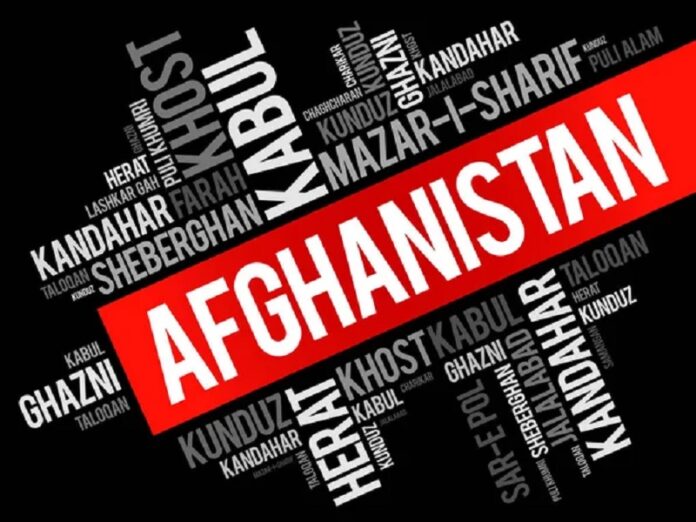Al Jazeera recently published a detailed piece about how India, Pakistan, and Iran are all nowadays wooing the Taliban, which is true, but they left out how Russia and China are as well while also making no mention of the newfound pressure that the US is placing upon the group. In the order that they were mentioned, Indian External Affairs Minister Dr. Subrahmanyam Jaishankar held an historic call with his Afghan counterpart in late May, the first between officials of their level in over a quarter century.
He thanked him for condemning April’s Pahalgam terrorist attack that led to the latest Indo-Pak conflict and for not falling for fake news meant to stir trouble between them. They also discussed expanding bilateral ties. India and Afghanistan have shared threat perceptions of Pakistan, the first due to the Kashmir Conflict and the second as regards Islamabad’s alleged attempts to subordinate Kabul. Closer cooperation between them thus advances their interests but prompts deep suspicion from Pakistan.
Segueing into that country’s interests, Pakistan accuses Afghanistan of harboring terrorist groups, which the Taliban denies. The improvement of their ties upon alleviating their resultant security dilemma could pioneer a Central Eurasian Corridor from Pakistan to Russia and beyond. Chinese Foreign Minister Wang Yi organized a meeting between their top diplomats in Beijing in late May to that end, but it’s unclear whether any tangible progress will be achieved. Mutual mistrust might ultimately prove insurmountable.
Moving along to Iran, that country had long-standing tensions with the Taliban over water rights and migration, but its Foreign Minister just visited Tehran in an attempt to help resolve them. Whether or not that happens is another story, but Iran has an interest in sincerely doing so due to the newfound pressure that the US is placing on the Taliban, which will be touched upon later on in this analysis. The point is that ties appear to be thawing, and at the very least, tensions might remain manageable for now.
Iran’s ties with Afghanistan sharply contrast with Russia’s, which recently removed the Taliban’s terrorist designation, just hosted a delegation at the recent Russia-Islamic World Forum in Kazan where they signed several agreements, and has a grand geo-economic vision for Afghanistan that was detailed here. The aforesaid overlaps with Pakistan’s earlier mentioned connectivity plans, which partially explains their rapprochement in recent years and could position Russia to mediate between it and Afghanistan.
On that topic, China is already mediating as was written above, but Russia objectively seems to be closer to the Taliban nowadays than they are given the latest agreements that were just signed. In any case, China is poised to play a major role in Afghanistan’s reconstruction, though continued security threats stemming from ISIS-K appear to have thus far hampered the implementation of its plans. Nevertheless, these plans still remain in place, and it’s possible that they could be speedily implemented in the future.
That’s precisely what the US wants to prevent, however, thus explaining the newfound pressure that it’s placing upon the Taliban through Trump’s demand to reobtain control over Bagram Airbase and Rubio’s implied threat to redesignate the group as a “Foreign Terrorist Organization” (possibly only if it refuses). Pakistan’s possible collusion with the US will be pivotal in determining what happens. If the US succeeds, then it could reshape South Asian geopolitics, much to India’s detriment and possibly also China’s.
Given the renewed interest that major stakeholders – India, Pakistan, Iran, Russia, China, and the US – have in Afghanistan, the Taliban’s return to the international spotlight might portend a new era of cooperation and competition between them. The main variable is whether or not the Afghan-Pakistani security dilemma is soon alleviated and on what terms if so, such as Eurasian-mediated (Russia and/or China) or American-coerced, which will in turn place these dynamics on very different trajectories.







